Ask Our Teachers: Tips to acing your PSLE English paper

With so many things to remember for the PSLE English written exam, how should one begin revising for it? We asked Teacher Louis (many of our students would know him as Louis Logic!) on a few things to look out for, and here are his tips!
1. Popular Grammar Questions
A. ‘As well as’ and ‘together with’ puzzle
Both phrases sound like they mean the same thing, but they’re not! ‘As well as’ is for another thing in addition to something else. ‘Together with’ is for things that are alongside each other. Look at the examples below.

B. Perfect tenses
Perfect tenses stump many people, even adults - but here’s a simple way to remember them.
Present perfect tenses
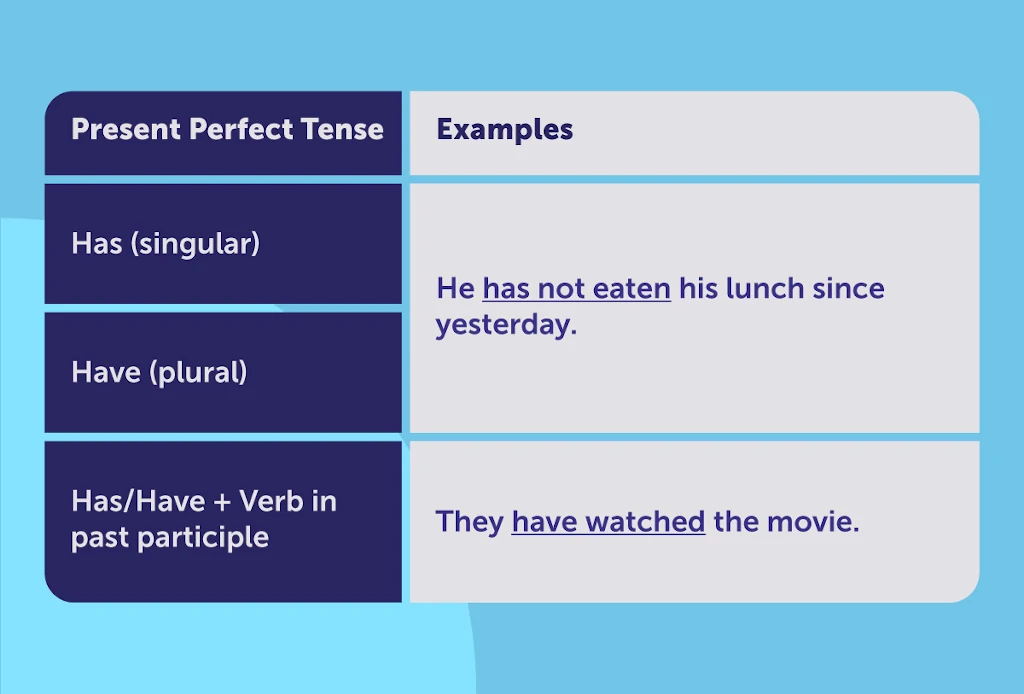
Past perfect tenses
-
When two events occur in the past, the first action must be in the past perfect tense (had + past participle).
-
When there are two past tense verbs in the sentence.
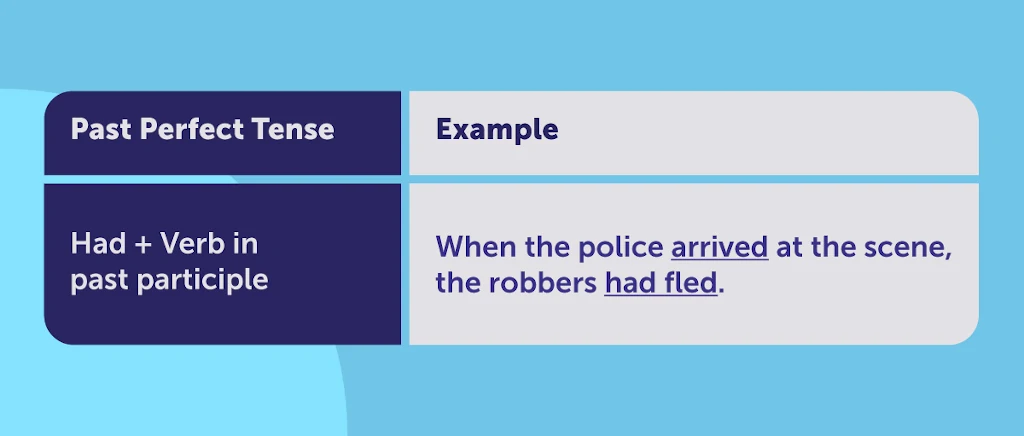
2. Comprehension Cloze
Comprehension clozes can be extremely intimidating for students, especially when they carry such hefty marks. But, did you know that there are plenty of clues embedded in the passages for students to pick up? Here are some clues that are sure to be found in the upcoming PSLE English exam paper!
A. Common collocations
Collocations are a predictable combination of words that are put together to create a specific meaning. Using a different set of words may make them sound unnatural or awkward. These words are also usually contrasting to each other, with a frequency greater than chance.
Collocations enable students to remember using words in chunks or phrases rather than just single words. Note that one should pay attention to the words that come before and after the blanks as they can provide clues to what the correct answer is!
Some common collocations can be seen below.
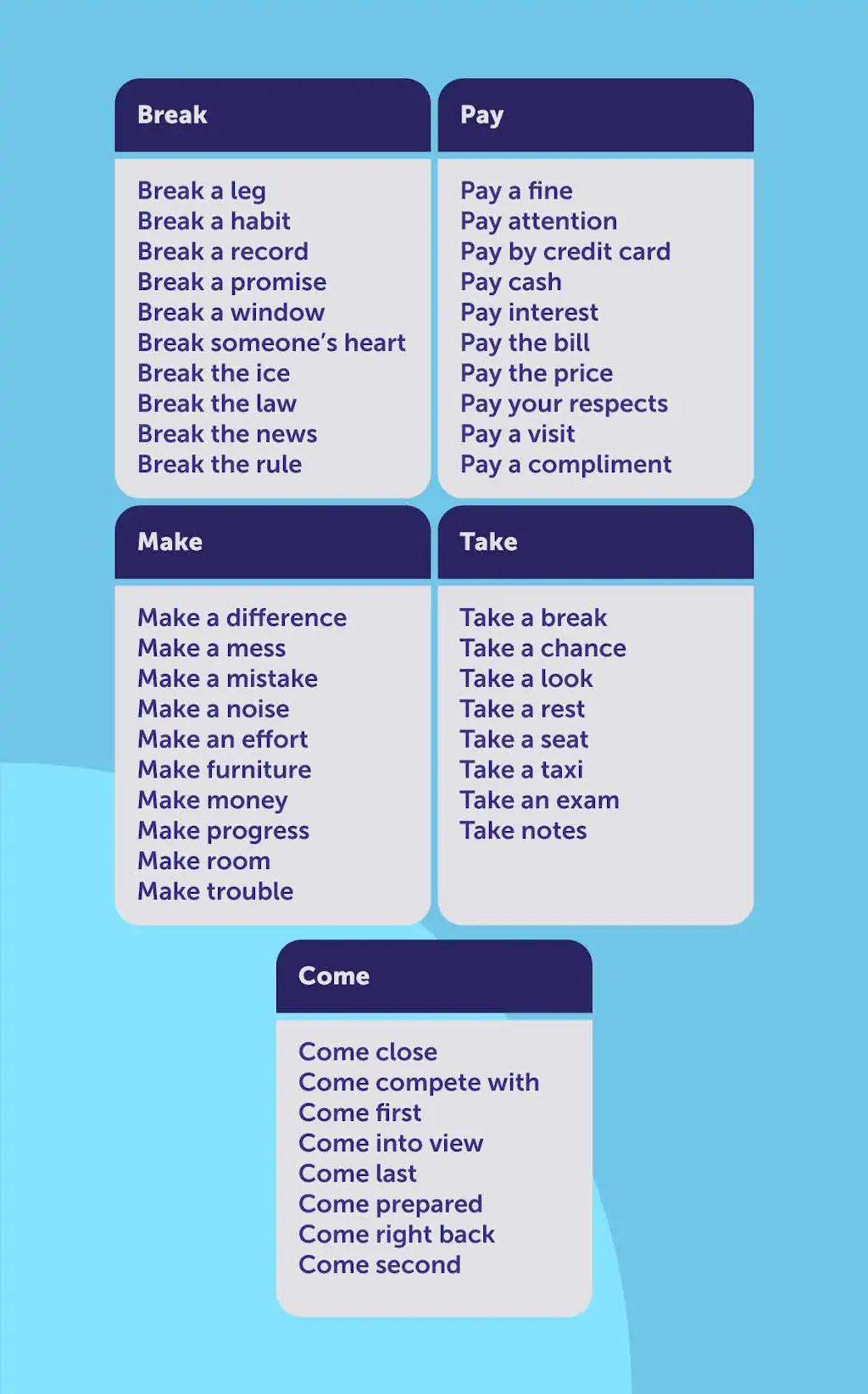
B. Contextual clues
Many of the clues you see in the passage may be dependent on the context. These are hints that the passage gives here and there to define a difficult or uncommon word. Such clues may appear within the same line as the blank, or in a preceding sentence. Refer to the different types of contextual clues in the table below.
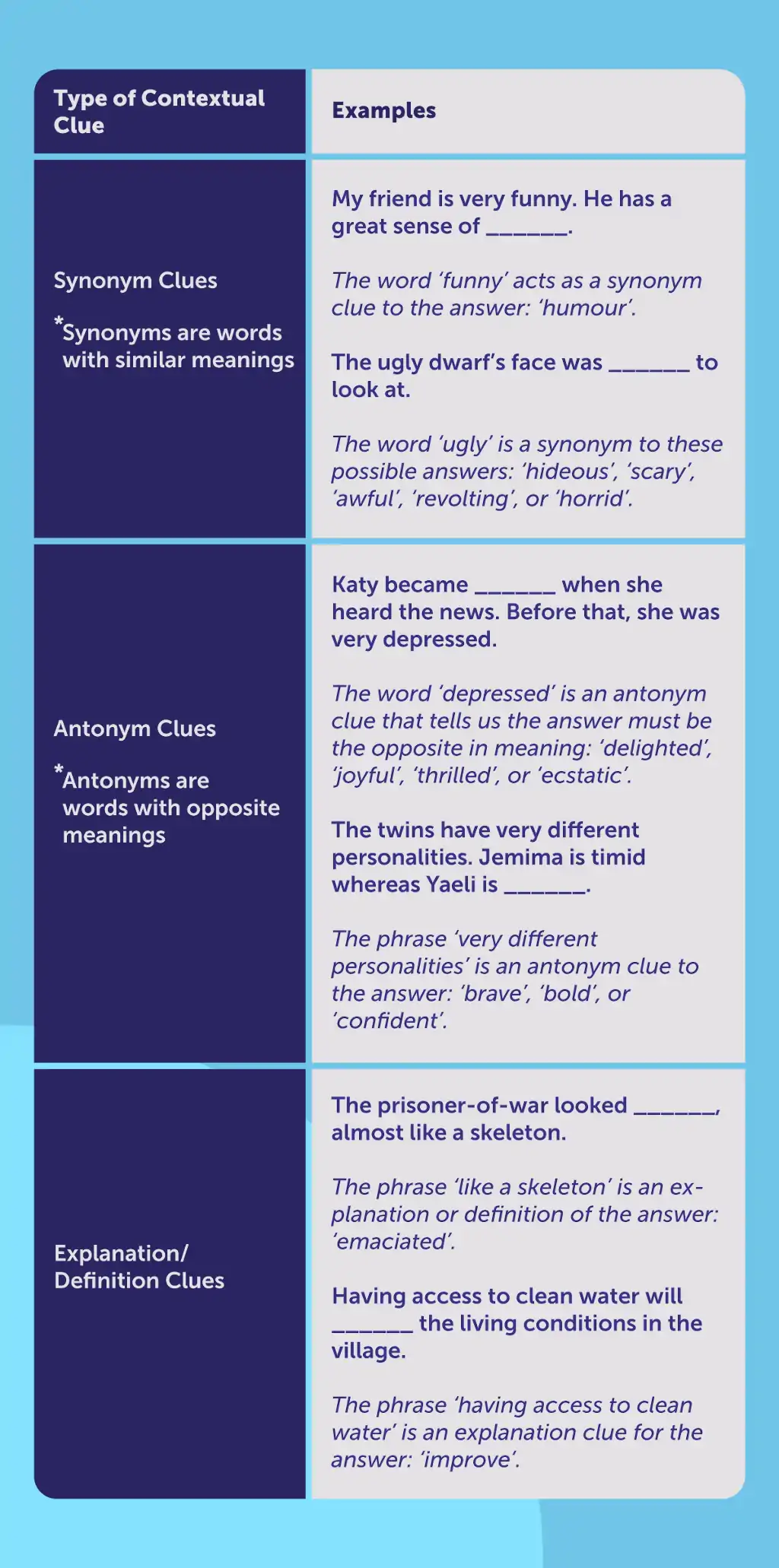
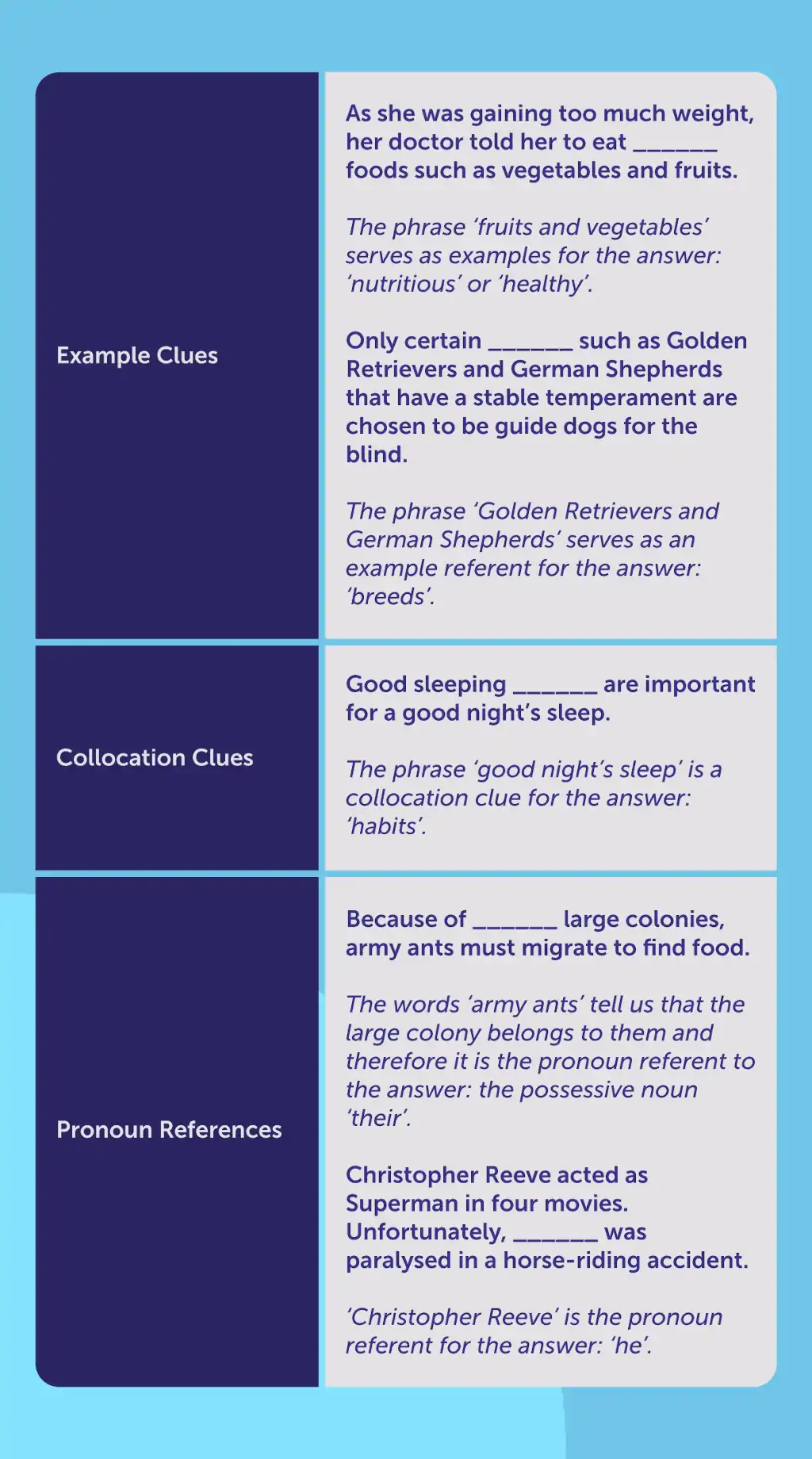
3. Visual Texts
Visual texts are all around us; take a look at your surroundings and you’ll find plenty - product packaging, advertisements, posters, and many more! This is why visual text comprehension is essential for your child to master.
These are some commonly seen words in visual texts and their meanings.
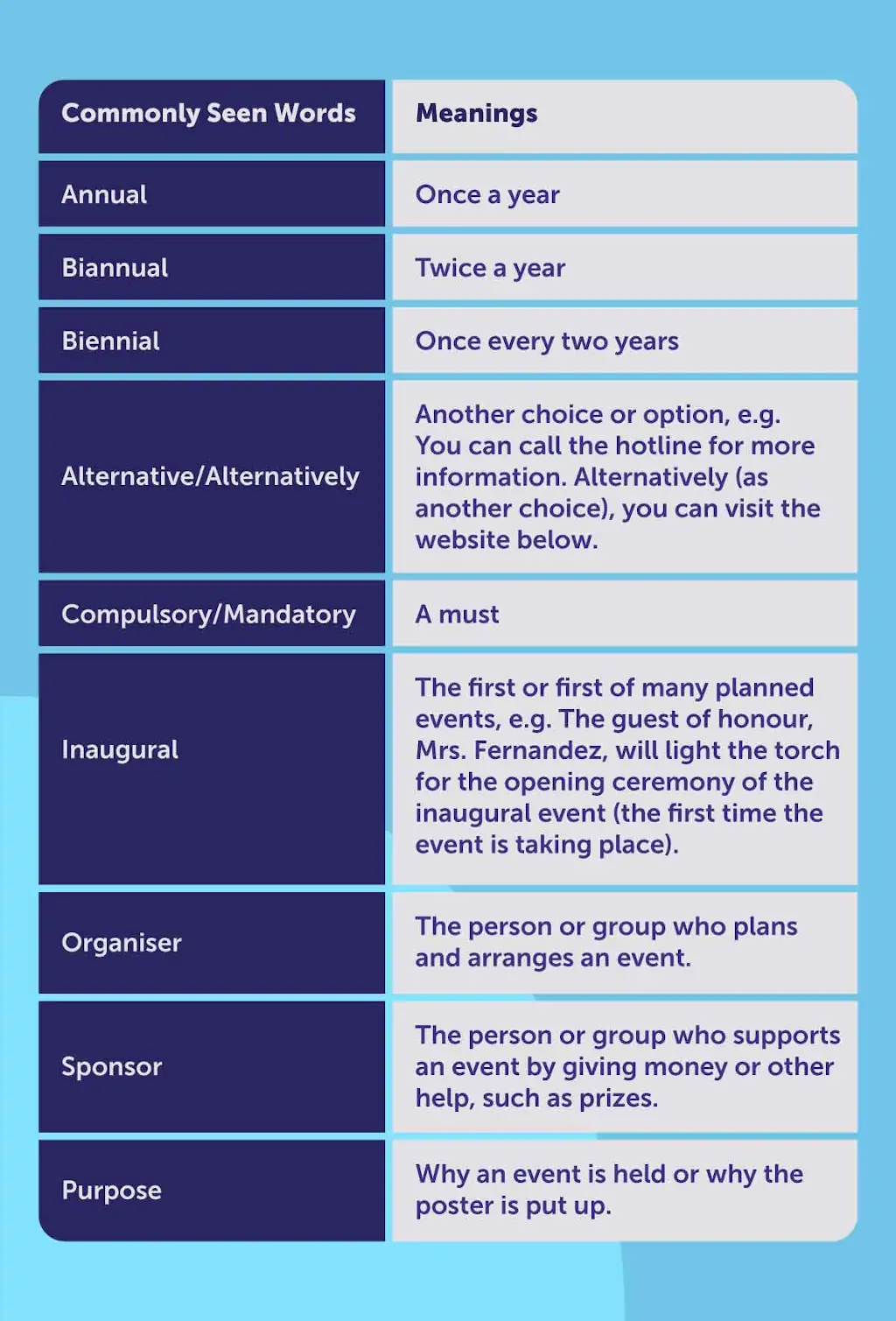
Dates, times, and numbers are also rampant in visual texts, and it’s no wonder that some students may confuse some of them for entirely different meanings. Here are some examples to grasp these tricky prepositions of time.
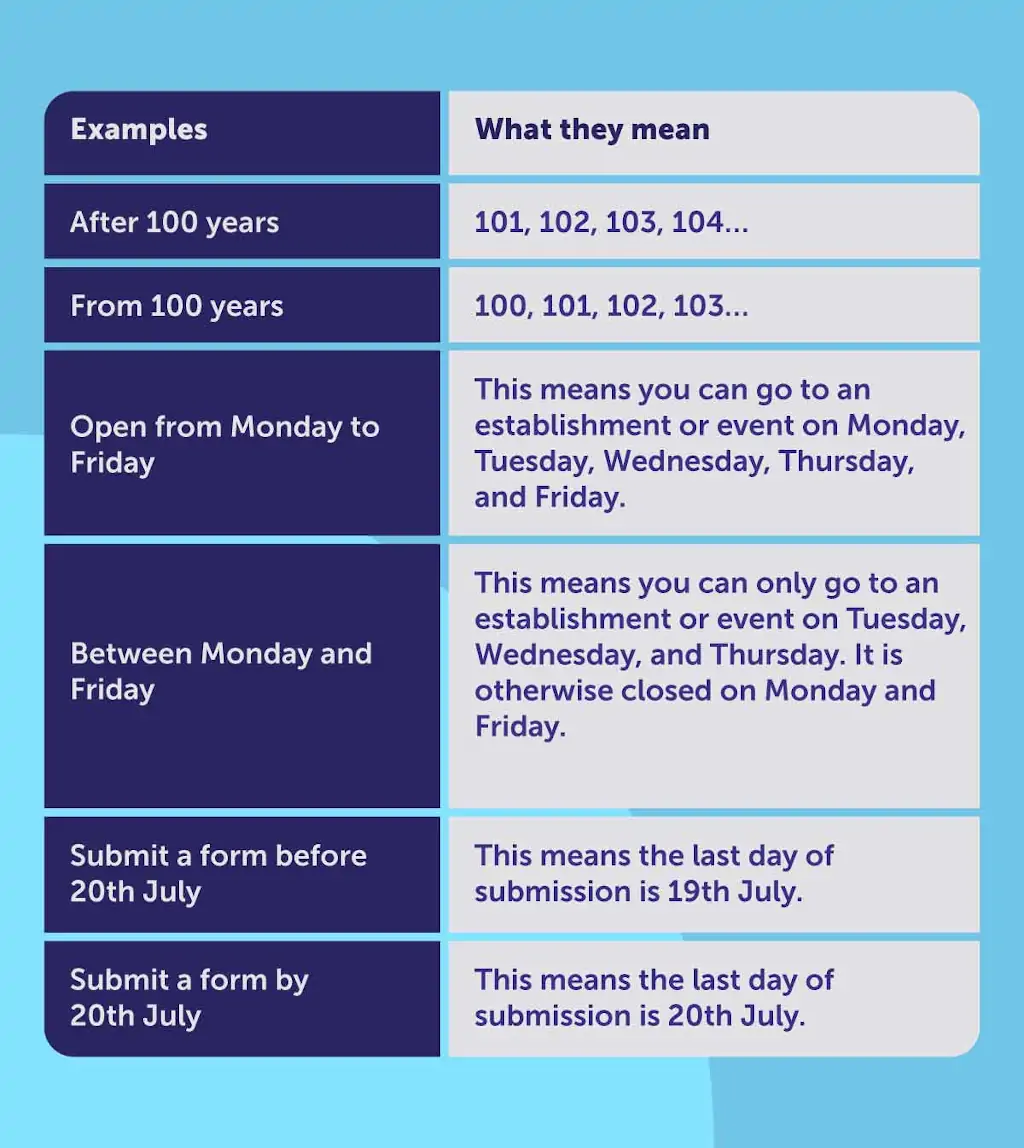
With so many tips from Louis Logic, we hope they will serve you well in your child’s upcoming PSLE English paper. Good luck, and all the best!


 SG
SG  VN
VN 



















